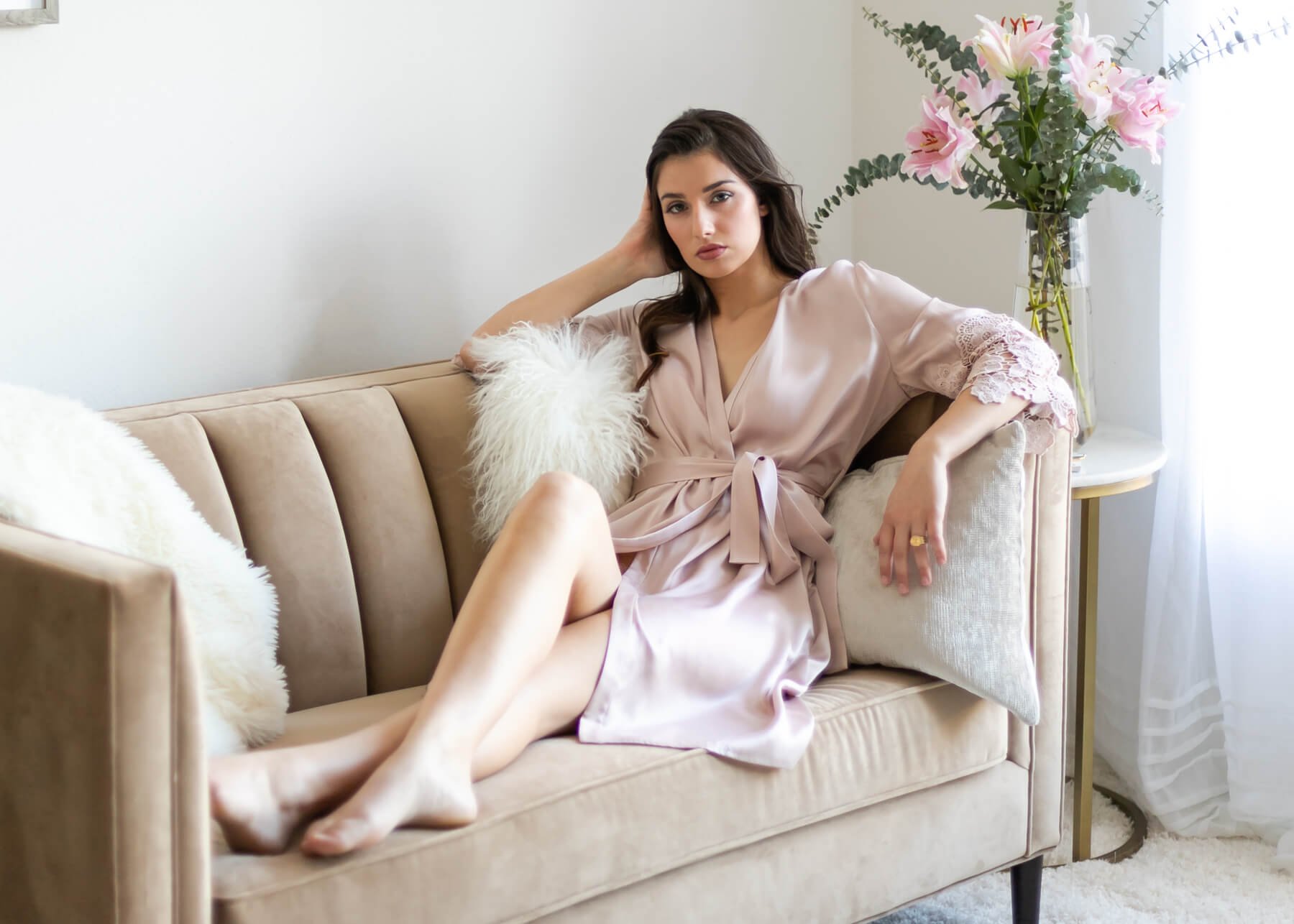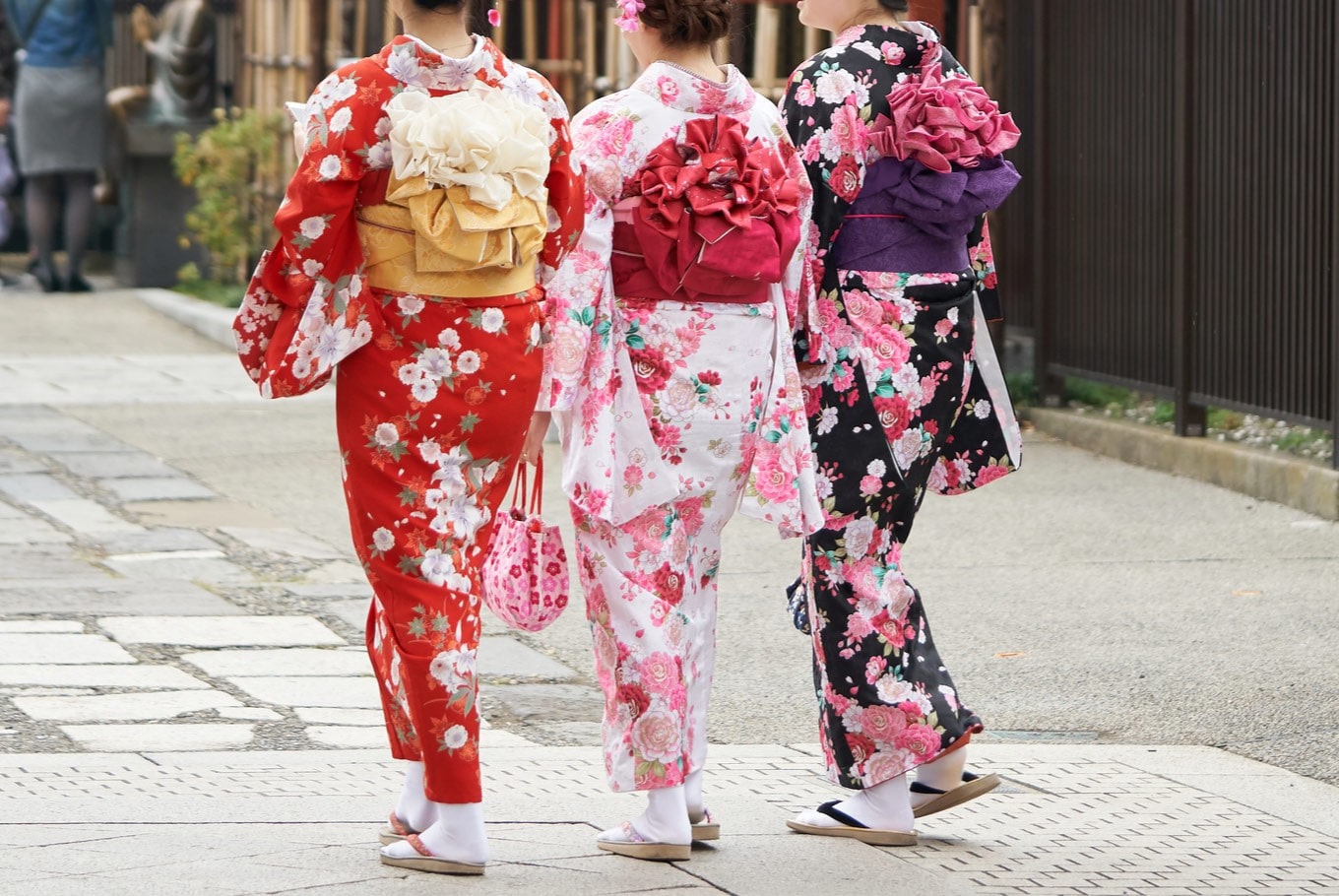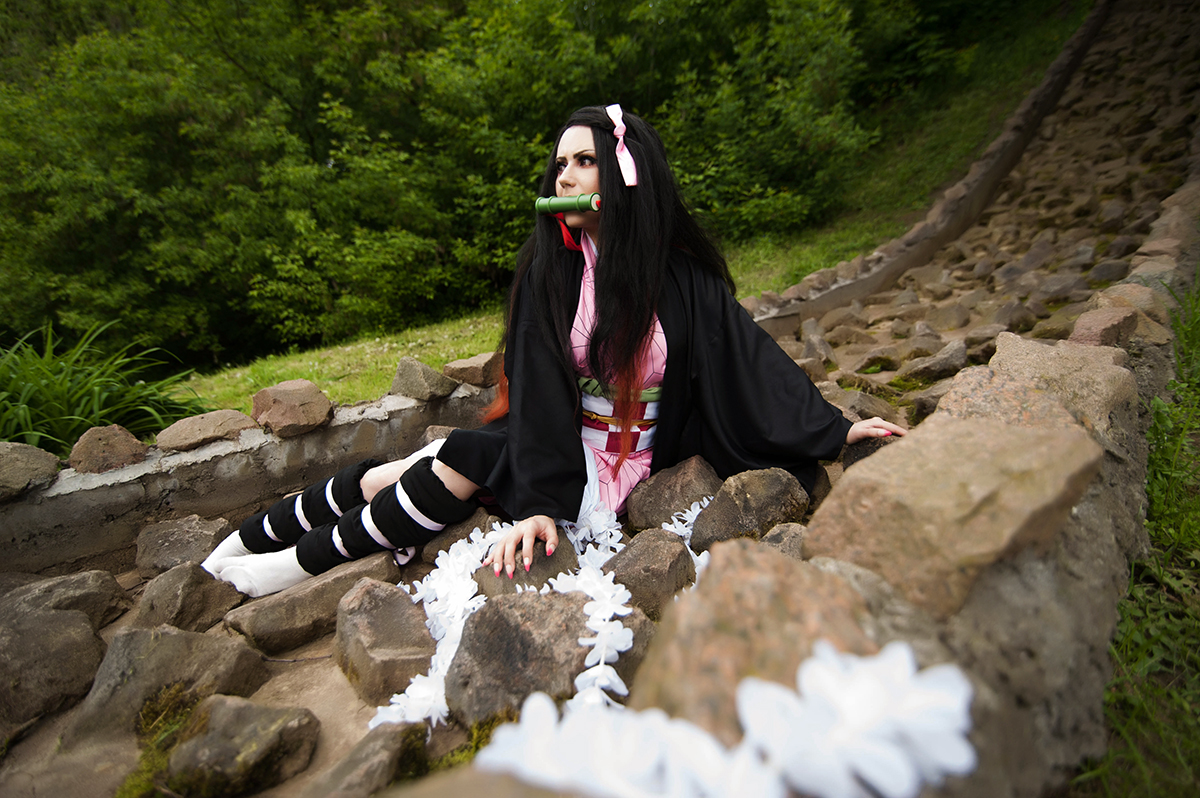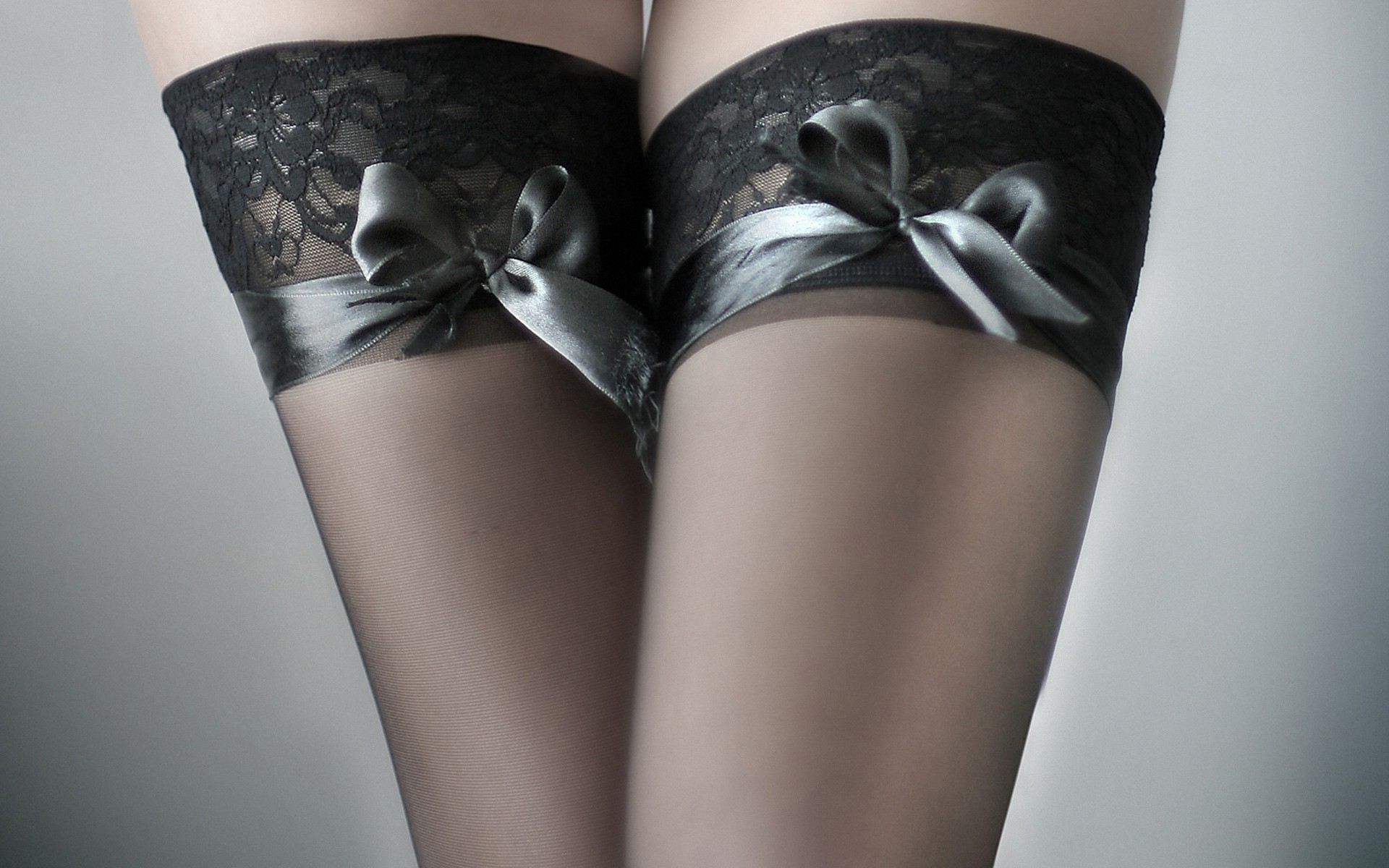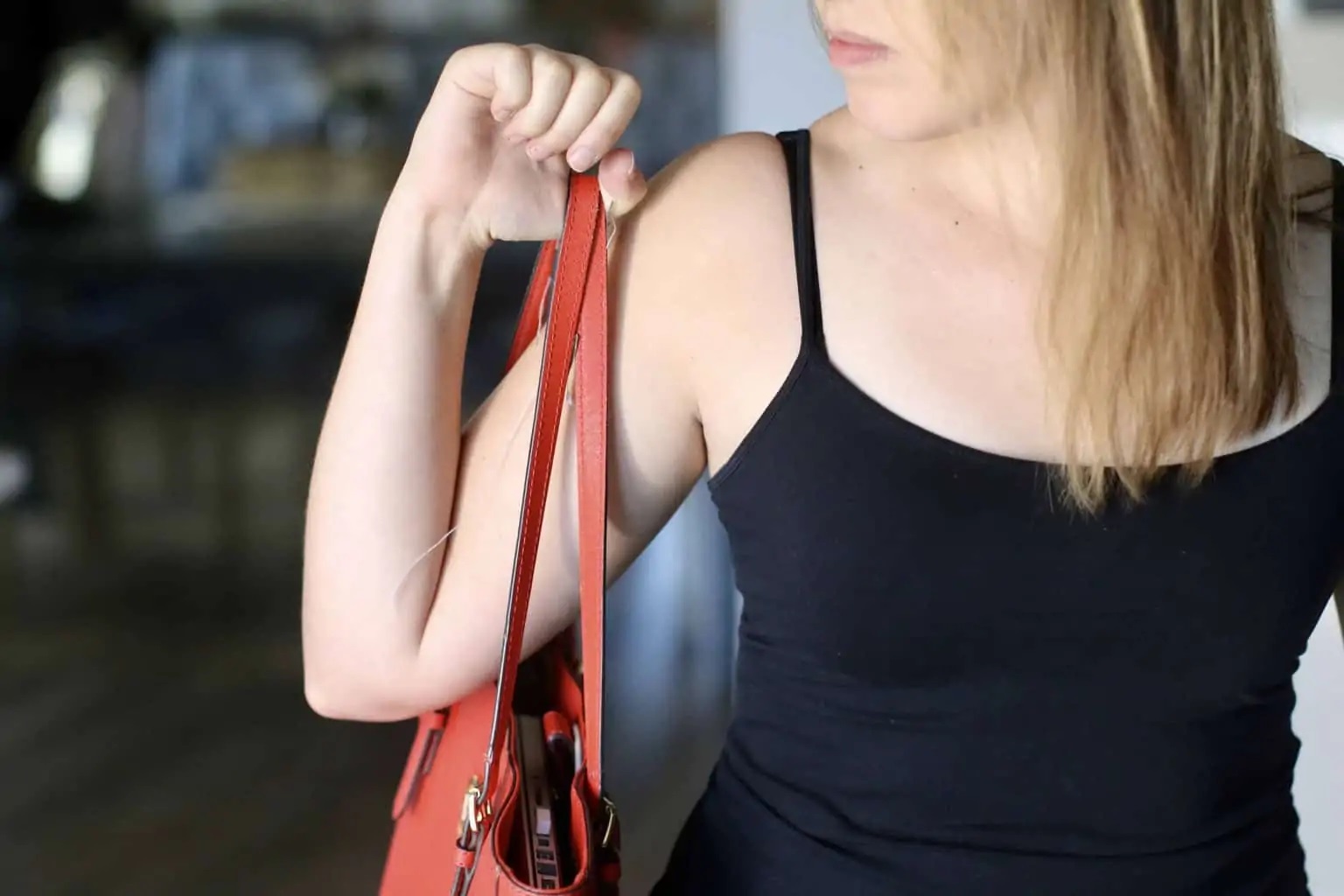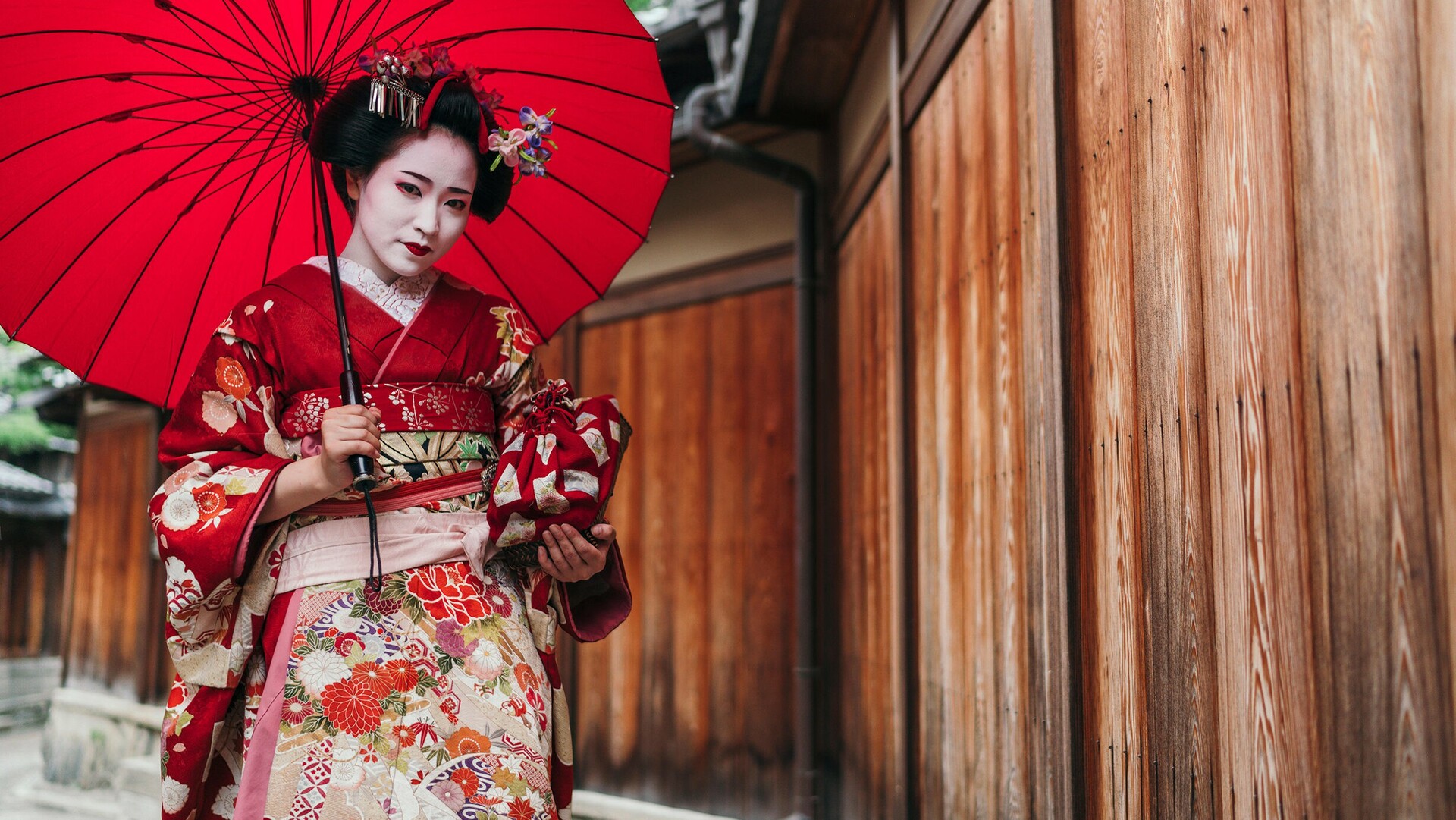

FAQs
When To Wear Kimono In Japan
Modified: September 23, 2023
Planning a trip to Japan and wondering when to wear a kimono? Get answers to all your general questions about wearing kimonos in Japan.
(Many of the links in this article redirect to a specific reviewed product. Your purchase of these products through affiliate links helps to generate commission for Under-tec.com, at no extra cost. Learn more)
Table of Contents
Introduction
Japan is known for its rich cultural heritage, and one iconic aspect of Japanese culture is the kimono. The kimono, a traditional Japanese garment, holds a special place in the hearts of the Japanese people and is often seen as a symbol of their national identity. This elegant and timeless attire has a long and fascinating history, dating back centuries.
The kimono has evolved over time and has become an integral part of Japanese fashion and tradition. It is not only worn during special occasions or festivals but also for everyday wear, although less frequently nowadays. Understanding the significance of the kimono and the appropriate occasions to wear it can help visitors to Japan appreciate and immerse themselves in the country’s unique culture.
In this article, we will explore the history of the kimono, the different traditional styles, the occasions where wearing a kimono is appropriate, and the etiquette associated with this traditional attire. We will also provide tips on how to wear a kimono and information on where to rent or buy one during your visit to Japan.
History of Kimono in Japan
The history of the kimono goes back centuries, with roots tracing back to the Nara period (710-794) in Japan. During this time, clothing in Japan was heavily influenced by Chinese fashion. However, as Japan developed its own distinct culture, so too did its clothing style, giving rise to the kimono.
Originally, the kimono was a unisex garment, with both men and women wearing similar styles. It consisted of a T-shaped, straight-lined robe with wide sleeves and was made from silk, a fabric highly regarded for its beauty and quality. The design of the kimono evolved over time, incorporating various elements and patterns that reflected different social statuses, occasions, and seasons.
During the Heian period (794-1185), the kimono became more refined and lavish, with intricate embroidery and elaborate patterns. The colors used in the kimono also held symbolic meanings, representing different societal positions and stages of life. The kimono became an essential part of the aristocracy’s wardrobe, signifying wealth, status, and cultural refinement.
In subsequent centuries, the kimono continued to adapt to changing fashion trends and societal norms. During the Edo period (1603-1868), intricate dyeing techniques, such as the famous tie-dyeing method called “shibori,” emerged, adding another layer of beauty and artistry to the kimono. The Edo period also witnessed the rise of specific kimono styles associated with different social classes and professions.
However, with the modernization and Western influence of Japan in the Meiji period (1868-1912), Western-style clothing gained popularity, and the kimono gradually became less commonly worn in daily life. Nonetheless, the kimono remains an important cultural symbol in Japan and is still worn during special occasions such as weddings, tea ceremonies, festivals, and coming-of-age ceremonies.
Today, craftsmen and textile artists continue to preserve the artistry and craftsmanship of the kimono. While Western attire has become more prevalent in Japan, the kimono still holds a special place in the hearts of the Japanese people and is considered a form of cultural heritage that represents their traditions and values.
Traditional Kimono Styles
The kimono is not just a single garment, but rather a collection of different styles that vary in design, fabric, and patterns. Each style has its own unique characteristics and is worn for specific occasions and seasons.
One of the most recognizable kimono styles is the Furisode. It is a long-sleeved kimono that is primarily worn by unmarried young women during important ceremonies like Seijin no Hi (Coming of Age Day). The Furisode features vibrant colors, intricate patterns, and elegant embroidery, making it a stunning garment that signifies youth and celebration.
Another popular kimono style is the Tomesode. Unlike the Furisode, the Tomesode is worn by married women and is often seen at formal events, such as weddings and receptions. It has shorter sleeves, and the patterns are usually located only at the bottom part of the garment. The Tomesode typically comes in dark colors, with the choice of pattern and fabric reflecting the wearer’s age and status.
For men, the traditional kimono style is the Montsuki. It is a formal kimono worn by men during ceremonies, performances, or special occasions like weddings. The Montsuki features a family crest on the back and the chest, symbolizing the wearer’s lineage and status. The fabric is typically plain and subdued in color.
Komon is a casual kimono style that can be worn by both men and women. It is characterized by repeated patterns or motifs covering the entire fabric. Komon is a versatile kimono that can be worn for various occasions, such as outings or casual gatherings. The fabric used for Komon ranges from silk to cotton, depending on the season.
Aside from these styles, there are also specific kimono for tea ceremonies, festivals, and even samurai attire. Each style has its own cultural significance and reflects different aspects of Japanese society and history.
When wearing a kimono, the choice of style and design should be selected based on the occasion and the wearer’s gender and age. The combination of colors and patterns plays an important role in conveying messages and social status, making the kimono a fascinating and meaningful aspect of Japanese culture.
Occasions to Wear Kimono
While the kimono is not as commonly worn as everyday attire in modern Japan, there are still several occasions where donning this traditional garment is appropriate and highly valued. Understanding these occasions will not only allow you to fully experience Japanese culture but also show respect for tradition and etiquette.
- Weddings: Traditional Japanese weddings often include the bride and groom wearing a kimono. The bride typically wears a white wedding kimono known as “uchikake,” while the groom adorns a black kimono with family crests. Guests may also choose to wear kimono, though formal western attire is also acceptable.
- Tea ceremonies: Kimono is commonly worn during tea ceremonies, known as “chado” or “sado.” The elegant and modest design of the kimono complements the serene and traditional atmosphere of the tea ceremony, creating a harmonious visual experience.
- Coming-of-Age Day: Seijin no Hi, or Coming-of-Age Day, is a special holiday in Japan where young adults celebrate turning 20 years old and officially become adults. Many individuals, especially young women, choose to wear a beautiful and vibrant furisode kimono to mark this important milestone.
- Festivals: Many annual festivals and events in Japan offer the opportunity to wear a kimono. These events include Hanami (cherry blossom viewing), fireworks displays, and local matsuris (traditional festivals). Wearing a kimono to these festivities adds an extra touch of elegance and cultural immersion.
- Formal events: Kimono can be worn for formal events such as theater performances, traditional dances, or special ceremonies. Certain businesses and organizations also encourage their employees to wear kimono on designated days or during corporate events.
- Traditional Japanese inns (ryokans): When staying at a traditional ryokan, guests may be provided with the option to wear a yukata, a casual summer kimono. This allows visitors to fully embrace the traditional experience of staying at a ryokan.
While wearing a kimono is not mandatory for these occasions, embracing the opportunity to wear one shows appreciation for Japanese culture and can enhance your experience. It is essential to remember that wearing a kimono is not just about the clothes themselves, but also about understanding and respecting the customs and traditions associated with this iconic garment.
Kimono Etiquette
Wearing a kimono comes with a set of etiquette guidelines to ensure that you are respectful of Japanese culture and traditions. Here are some important points to keep in mind:
- Observe modesty: The kimono is known for its elegant and modest design. When wearing a kimono, it is important to maintain a sense of modesty by avoiding overly revealing or inappropriate clothing underneath.
- Respectful behavior: While wearing a kimono, it is important to display respectful behavior, especially during formal occasions or ceremonies. This includes maintaining a calm demeanor, speaking softly, and refraining from excessive gestures or sudden movements.
- Proper accessories and footwear: The kimono is usually accompanied by specific accessories such as obi (sash), geta (wooden sandals), and tabi (socks with a split toe). It is important to wear these accessories correctly and choose appropriate footwear that complements the kimono style.
- Dressing with care: Properly dressing in a kimono can be quite intricate, especially for first-time wearers. If unsure, it is advisable to seek assistance from a professional or a knowledgeable friend to ensure that the kimono is worn correctly and securely.
- Follow dress codes: Certain occasions or events may require specific styles or colors of kimono. It is important to adhere to any dress codes or guidelines provided for such events to show respect and avoid any cultural missteps.
- Take care of the kimono: Whether you own or rent a kimono, it is important to treat it with care and follow instructions for cleaning and maintenance. Kimonos are delicate garments, and proper care ensures their longevity and preserves their beauty.
- Ask for permission: If you wish to take photographs of individuals wearing a kimono, especially during events or festivals, it is polite to ask for their permission beforehand. Not everyone may be comfortable with their picture being taken.
By following these kimono etiquette guidelines, you will demonstrate your appreciation for Japanese culture and show respect for its customs and traditions. This will contribute to a more meaningful and authentic experience while wearing a kimono.
How to Wear a Kimono
Wearing a kimono requires careful attention to detail, as it is a complex and intricate garment. While it may take some practice to perfect, following these general steps can help you properly wear a kimono:
- Put on the undergarments: Start by wearing a slip-like garment called “hadajuban” and wrap it around your body. Then, put on a pair of white tabi socks and tie the obi-age (a thin sash) around your waist.
- Wear the kimono: Hold the kimono up by the collar and slip your arms through the sleeves. Wrap the right side over the left side, pulling the length of the kimono close to your body. Adjust the collar, ensuring it is straight and even.
- Secure with an obi: Take the obi, a wide sash, and wrap it around your waist, tying it firmly with a simple or decorative knot at the back. Make sure the obi is positioned correctly, slightly above the waistline.
- Adjust the kimono: Slide the kimono up and down and adjust the length so that it grazes the floor or rests slightly above the ankles. Smooth out any wrinkles and ensure that the collar and sleeves are even.
- Style the obi: Depending on the occasion and kimono style, you can create various obi styles, such as the “taiko” (drum) style or the “bunko” (bookshelf) style. Follow specific instructions or seek assistance to achieve the desired obi style.
- Add accessories: Complete the kimono ensemble by adding accessories such as decorative pins, a small bag called “kago,” and a fan or umbrella for formal events.
It is important to remember that wearing a kimono requires attention to detail and patience. If you are unsure about the process, it is best to seek help from a professional kimono dresser or attend a workshop to learn the proper techniques.
By mastering the art of wearing a kimono, you can fully appreciate the beauty and cultural significance of this traditional Japanese garment.
Where to Rent or Buy a Kimono in Japan
For those visiting Japan who wish to experience wearing a kimono, there are various options available for renting or purchasing this traditional attire. Here are some popular places to consider:
- Kimono Rental Shops: In major cities like Tokyo, Kyoto, and Osaka, there are numerous kimono rental shops that offer a wide range of kimono styles and accessories. These shops provide professional assistance in dressing and styling, ensuring that you look your best while wearing a kimono.
- Traditional Japanese Inns (Ryokans): Some traditional ryokans provide their guests with the opportunity to wear a yukata, a lightweight summer kimono, during their stay. This allows you to experience the comfort of a kimono within the confines of your accommodation.
- Festivals and Events: During certain festivals and events in Japan, there may be kimono rental booths available for visitors to rent a kimono and immerse themselves in the festive atmosphere. This is a unique opportunity to wear a kimono while participating in traditional celebrations.
- Online Rental Services: There are also online kimono rental services that allow you to reserve and rent a kimono in advance. This option is convenient for those who prefer to plan ahead or have limited time to visit a physical rental shop.
- Purchase from Kimono Shops: If you wish to own your own kimono, there are specialized kimono shops where you can purchase both new and second-hand kimonos. These shops offer a wide selection of styles and designs, allowing you to find a kimono that suits your taste and budget.
- Auctions and Flea Markets: For those seeking unique and vintage kimonos, auctions and flea markets can be a treasure trove of hidden gems. These venues often offer a wide variety of kimonos at more affordable prices, allowing you to find a unique piece of Japanese history.
When renting or purchasing a kimono, it is important to inquire about the rental duration or the condition of the kimono if buying second-hand. Ensure that the shop or service provides clear instructions on how to properly care for the kimono and any necessary return or refund policies.
Embracing the opportunity to wear a kimono during your stay in Japan will not only allow you to experience the beauty of this traditional attire but also create lasting memories of your cultural immersion in this captivating country.
Conclusion
The kimono is a remarkable and iconic symbol of Japanese culture. Through its rich history and diverse styles, the kimono showcases the artistry, traditions, and values of Japan. Whether you decide to wear a kimono for a special occasion or simply admire its beauty, the experience can provide a deep appreciation for Japanese culture.
From the elegant Furisode to the formal Tomesode, the kimono offers a glimpse into the intricate craftsmanship and symbolism that has been preserved for centuries. By understanding the occasions to wear a kimono and following the appropriate etiquette, you can fully embrace the cultural significance and integrity of this revered garment.
Whether you rent a kimono from specialized shops, stay at a traditional ryokan, or even consider owning one, there are plenty of options available to experience the joy of wearing a kimono in Japan. The process of putting on a kimono may require attention to detail and patience, but the result is a visual masterpiece that is sure to make a lasting impression.
Engaging in the art of wearing a kimono not only allows you to participate in Japanese traditions but also serves as a bridge to connect with locals and fellow visitors. It is a powerful way to appreciate and respect the customs and culture of Japan, contributing to a memorable and authentic travel experience.
As you explore the Land of the Rising Sun, consider the opportunity to embrace the elegance and grace of the kimono. Whether you witness others wearing this traditional attire at festivals or immerse yourself in the process of putting on your own kimono, it is an experience that will deepen your understanding and appreciation of Japanese culture.
